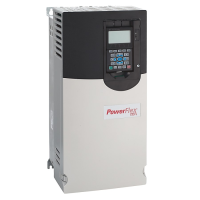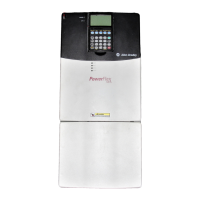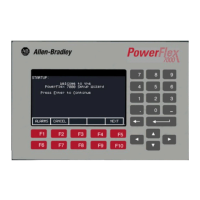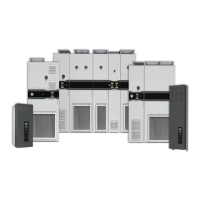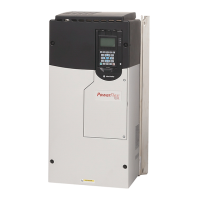2-94 Faults
A fault queue will record the occurrence of each fault event that occurs
while no other fault is latched. Each fault queue entry will include a fault
code and a time stamp value. A new fault event will not be logged to the
fault queue if a previous fault has already occurred, but has not yet been
reset. Only faults that actually trip the drive will be logged. No fault that
occurs while the drive is already faulted will be logged.
The fault queue will be a first-in, first-out (FIFO) queue. Fault queue entry
#1 will always be the most-recent entry (newest). Entry 4 (8) will always be
the oldest. As a new fault is logged, each existing entry will be shifted up by
one (i.e. previous entry #1 will move to entry #2, previous entry #2 will
move to entry #3, etc.). If the queue is full when a fault occurs, the oldest
entry will be discarded.
The fault queue will be saved in nonvolatile storage at power loss, thus
retaining its contents through a power off - on cycle.
Fault Code/Text [Fault Code 1-x]
The fault code for each entry can be read in its respective read-only
parameter. When viewed with a HIM, only the fault code is displayed. If
viewed via a DPI peripheral (communications network), the queue is not
accessed through parameters, and a text string of up to 16 characters is also
available.
Fault Time [Fault 1-8 Time]
PowerFlex drives have an internal drive-under-power-timer. The user has no
control over the value of this timer, which will increment in value over the
life of the drive and saved in nonvolatile storage. Each time the drive is
powered down and then repowered, the value of this timer is written to
[Power Up Marker], parameter 242.
The time is presented in xxx.yyyy hours (4 decimal places). Each increment
of 1 represents approximately 0.36 seconds. Internally it will be
accumulated in a 32-bit unsigned integer with a resolution of 0.35 seconds,
resulting in a rollover to zero every 47.66 years.
The time stamp value recorded in the fault queue at the time of a fault is the
value of internal drive under power timer. By comparing this value to the
[PowerUp Marker], it is possible to determine when the fault occurred
relative to the last drive power-up.
The time stamp for each fault queue entry can be read via the corresponding
parameter. Time comparisons of one fault to the next and/or with [PowerUp
Marker] are only meaningful if they occur less than or equal to the rollover
range.
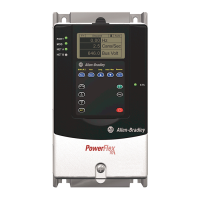
